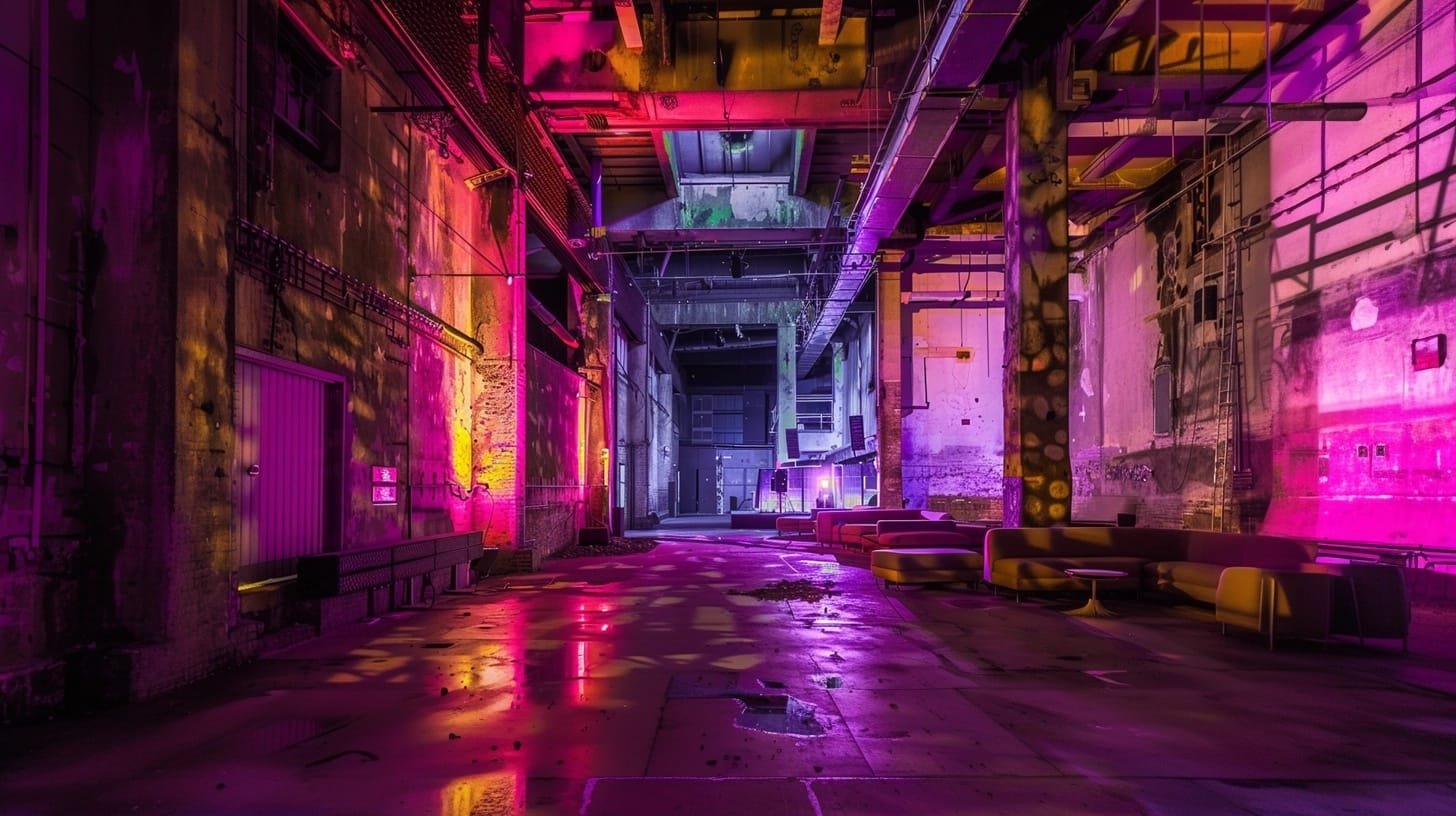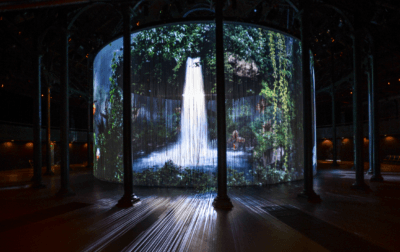The allure of transforming non-traditional spaces into event venues lies in the unique, memorable experiences they offer. As conventional venues become ubiquitous, event planners are increasingly seeking distinctive locations that can provide a fresh backdrop for gatherings. From warehouses to rooftops, and museums to parks, the possibilities are as vast as your imagination.
The Appeal of Non-Traditional Venues
One of the primary reasons for opting for non-traditional spaces is their ability to make an event stand out. Traditional venues like hotel ballrooms and conference centres, while reliable, can often lack character and individuality. Non-traditional spaces, on the other hand, can offer a unique atmosphere that enhances the event’s theme and leaves a lasting impression on attendees.
For instance, transforming a historic warehouse into a chic event space can imbue the event with an industrial charm that is both modern and nostalgic. Similarly, using a museum as a venue not only provides a culturally rich environment but also allows guests to enjoy exhibits as part of the event experience .
Types of Non-Traditional Venues
The variety of non-traditional spaces available for events is extensive. Here are a few notable examples:
Urban Rooftops: Rooftop venues offer stunning cityscape views, providing a dramatic backdrop for both daytime and evening events. These spaces are particularly popular for cocktail parties, wedding receptions, and corporate gatherings .
Warehouses and Industrial Spaces: These venues offer a blank canvas with high ceilings and open layouts, perfect for large gatherings and elaborate setups. Their raw, unfinished look can be customized to fit any theme, from sleek modern events to rustic chic weddings .
Outdoor Spaces and Parks: Utilizing outdoor spaces allows for a connection with nature and provides a relaxed atmosphere. From university campuses to public parks, these venues can accommodate a variety of event types, including concerts, festivals, and corporate picnics .
Cultural Institutions: Museums, art galleries, and historical buildings provide a sophisticated and enriching environment. These venues often come with built-in decor and ambiance, reducing the need for extensive theming and decoration .
Key Considerations
When planning an event in a non-traditional space, several factors must be taken into account to ensure its success.
Logistics and Accessibility: Non-traditional venues often require more logistical planning. Considerations include access for setup and teardown, availability of necessary facilities (restrooms, kitchens), and compliance with local regulations and permits .
Weather Contingencies: For outdoor events, always have a backup plan in case of adverse weather conditions. Tents, heaters, or alternative indoor spaces can save the day .
Infrastructure: Ensure that the venue can support the technical requirements of your event. This includes sufficient power supply, lighting, sound systems, and internet connectivity .
Customization and Creativity: One of the greatest advantages of non-traditional venues is the ability to customize the space to fit your vision. Work with the venue management to understand the limitations and possibilities for transforming the space .
Maximizing the Potential of Non-Traditional Venues
To fully leverage the potential of non-traditional spaces, consider the following strategies:
Innovative Design: Use the unique features of the space to your advantage. Highlight architectural elements like exposed brick walls or large windows to add character to the event.
Creative Layouts: Non-traditional spaces often offer flexible layouts. Experiment with different seating arrangements, stage setups, and flow of movement to enhance the guest experience.
Integrated Technology: Modern technology can transform any space. Use advanced lighting, projection mapping, and interactive installations to create an immersive environment.
Sustainable Practices: Many non-traditional venues are ideal for incorporating green practices. Utilize local vendors, reduce waste, and opt for sustainable decor options to minimize the environmental impact of your event .
Transforming non-traditional spaces into event venues requires creativity, flexibility, and meticulous planning. However, the rewards are substantial. These venues can provide a unique, memorable experience that traditional spaces often lack. By carefully considering the logistics and embracing the unique characteristics of these spaces, event planners can create truly unforgettable events.



